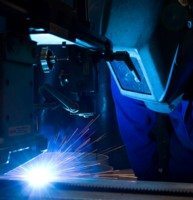Response to Talc Treatment May Predict Mesothelioma Prognosis
How well a mesothelioma patient’s lungs respond to a procedure designed to eliminate excess lung fluid may be a better predictor of survival than the stage or subtype of their cancer. A group of pathologists and thoracic surgeons in Italy came to that conclusion after evaluating the cases of 172 mesothelioma patients who underwent a procedure called talc pleurodesis or talc poudrage. Talc pleurodesis is designed to prevent a buildup of lung fluid that is common in mesothelioma patients and causes unpleasant symptoms like shortness of breath. After the lung fluid (also called pleural effusion) is drained, the space between the two pleural layers is filled with talc. The talc acts as a chemical irritant causing inflammation and fibrosis which…









